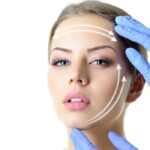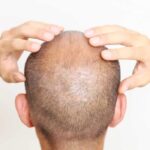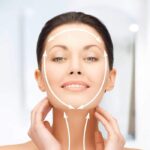
Medical Spa & Aesthetic Rejuvenation in Walnut Creek, California
BEAU VISAGE Aesthetics

About Us
We are here to provide you with the knowledge you need to make informed decisions about your anti-aging and aesthetic needs. Our in-depth, one-on-one consultations will grant you information and confidence to make the right treatment decisions for your future goals.

Happy Patients
I was a skeptical about getting Botox but Dr. Kourosh provided me with a consultation and answered all my questions. He dispelled prior preconceived notions related to my concerns with the use of Botox. Although I am in my early 30s and needed…

Meet the Doctor
Dr. Moazemi has more than 17 years of experience as a board-certified Internal Medicine physician with extensive clinical and academic practice. He was awarded the Assistant Professorship of Medicine at the University of Illinois College of…
Our Aesthetic Services

BOTOX
Botox is commonly known as a wrinkle relaxer. It is the first FDA approved agent for temporary treatment of frown lines, crow’s feet, and forehead lines. Botox is the most extensively researched…

DERMAL FILLERS
Juvéderm collection of Dermal Fillers are the first and most researched group of dermal fillers produced and backed by well known Allergan company. They are believed to be the world’s number…

Skin Care
At Beau Visage, we offer only the finest in cosmeceutical skincare. Dr. Moazemi is here to guide you through the often confusing process of choosing a skin care regimen that is tailored to you…

Weight Loss
Beau Visage Aesthetics gives you a safe and comfortable place to discuss your feelings on weight loss. After years of helping clients achieve their ideal shape, Dr. Moazemi understands the stress…

Hair Restoration
A predetermined genetic pattern is responsible for our phases of hair growth and loss. At any given time each of our individual hair follicles is in one of four stages…

SKIN REJUVENATION
We’ve come to a unique point in history, the scientific community has moved anti-aging from a gimmick to an actual process, and the treatments are non-invasive…
Testimonials



Medical Spa Promotions

